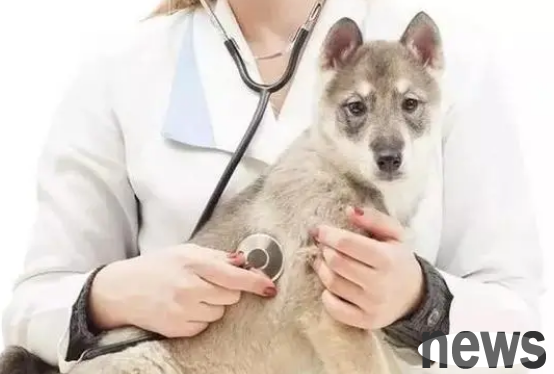Water Spaniel Puppies | American Water Spaniel Feeding Points Puppy Hygiene and Deworming
Feeding Points for the American Water Spaniel. The American Water Spaniel is a dog that is very good at hunting. They are also dogs that are sometimes very obedient and obey orders, and are very popular among dog fans. Friends who like American Water Spaniels and want to raise one can pay more attention to some relevant information about this dog, which can help them take better care of them in the future. What are the feeding points for the American Water Spaniel? Let’s find out below.

Puppies aged 2 to 3 months need to be managed patiently and carefully. This is not only closely related to the physical development of the puppies, but also has a direct impact on the normal development of nervous system activities. Therefore, leading puppies appropriately for sports and environmental exercises will play a great role in strengthening the body's bones and muscle tissue, improving the function of internal organs, promoting metabolism, and adapting to different climate and environmental conditions.
Puppies after weaning should be moved from the birthing kennel to a puppy kennel with a larger activity area for management, so that they can have the opportunity to move freely. In order to increase the puppy's activity, some dog toys can be placed in the activity area to allow the dog to play.
The puppies should be released together with the female dogs into the litter in the early stage, at least 3 times a day. As puppies grow, the time for each loosening should gradually increase, generally from half an hour to one hour (preferably with an interval in between). During the run, the dog can be allowed to pass through small natural obstacles, etc.
Puppy hygiene, deworming and vaccination
Proper hygiene and deworming of puppies are important measures to prevent diseases and improve health. From the time the puppy is weaned, it is necessary to brush and bathe it frequently, which is of great benefit to promoting blood circulation and metabolism, regulating resting temperature, and resisting diseases. Since puppies' skin is relatively sensitive, they should be brisk and comfortable when grooming and bathing. The puppy kennel should be cleaned and washed frequently, feces should be removed in time and properly disposed of, and it should be disinfected regularly (84 disinfectant can be sprayed). Pay attention to hygiene when eating, the eating utensils must be clean, and the drinking water given to the dog must be clean.
Canine parasites are divided into endoparasites and ectoparasites. Internal parasites are mainly worms, which are divided into three categories: nematodes, tapeworms and flukes. The harm to dogs is extremely serious, and the biological characteristics of each type are fundamentally different, so that antihelminthics with different modes of action are needed. Under normal circumstances, albendazole is taken (25 mg/kg orally, once a day, for three consecutive days); for ectoparasites in dogs, subcutaneous injection of ivermectin is used in conjunction with external medication. Puppies are susceptible to roundworms and other parasites, which are very detrimental to their development. Therefore, a fecal examination should be conducted at least every two months. If eggs are found, medication should be taken promptly to eliminate them. And it is necessary to strengthen the management of feces to prevent the spread of germs and eggs. During daily exercise, attention should also be paid to preventing dogs from picking up feces or dirt to avoid gastrointestinal diseases. Puppies need regular physical examinations.
Infectious diseases are also more harmful to puppies. There are a variety of vaccines and combination vaccines in foreign countries to prevent this, such as imported canine six-part vaccine and rabies vaccine. Domestic dog vaccines include canine five-part vaccine and canine seven-part vaccine. The injection method of canine five-part vaccine and canine six-part vaccine is from 50 days after the dog is born (related to the vaccine), and the vaccine is injected three times continuously at an interval of 2 to 3 weeks. It will be strengthened every year in the future.














